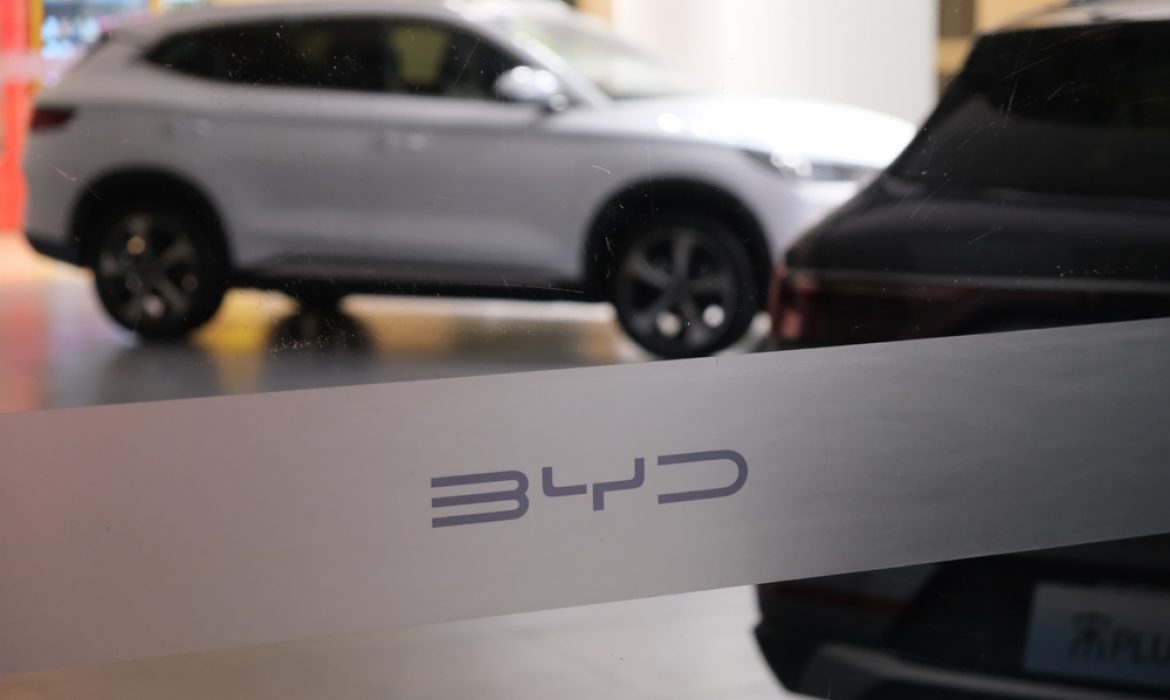TrendForce’s latest report forecasts a milestone in the global electric vehicle market, with NEV sales, including BEVs, PHEVs, and FCVs, expected to hit 13.03 million units in 2023, reflecting a 29.8% growth rate. However, this growth marks a notable slowdown from the previous year’s 54.2% surge. BEVs constitute a significant portion, accounting for 9.11 million units with a growth rate of 24%, while PHEVs reached 3.91 million units, boasting a robust growth rate of 45%.
China continues to reign as the primary market for NEVs, commanding around 60% of the global market share. Yet, growth in this powerhouse market is tapering off due to the high base effect. Furthermore, limited sales growth in other regions fails to compensate for the slackening momentum, projecting a moderated NEV sales growth of 16.87 million units in 2024, with a growth rate of 29.5%.
In the fiercely competitive BEV segment, Tesla maintains its lead in 2023 with a formidable market share of 19.9%. However, emerging contender BYD has significantly narrowed the sales gap with Tesla to a mere 248,000 units. BYD’s commendable feat is attributed to its consistent performance in China and its expanding international footprint, bolstered by the activation of overseas bases. TrendForce suggests that BYD possesses the potential to challenge Tesla’s dominance in the BEV market for the current year.
GAC Aion secures the third position for the first time, while SAIC-GM-Wuling and Volkswagen slip to fourth and fifth place respectively. Luxury marques BMW and Mercedes-Benz intensify their electrification efforts, securing sixth and eighth places respectively. Meanwhile, Hyundai Group, comprising Hyundai and KIA, maintains their positions thanks to sustained sales growth.
In the PHEV arena, BYD and Li Auto emerge as the frontrunners, with Li Auto posting an impressive 182% growth rate in 2023. Li Auto’s rapid market share expansion is propelled by its strategic focus on mid-size and large SUVs, catering to family-oriented consumers. However, established players like BMW, Mercedes-Benz, and Volvo Cars retain their positions in the top five, despite facing challenges such as declining PHEV sales in Europe.
As China’s domestic growth momentum slows, automakers are strategically expanding their presence beyond its borders, establishing overseas bases to sustain growth. TrendForce underscores Chinese brands’ significant advantages in terms of vehicle diversity, pricing, and smart features. Overcoming challenges associated with reliance on a single production site is paramount for sustained growth. However, the looming specter of increased trade barriers may hinder the global proliferation of Chinese NEVs.
In the United States, the imposition of a ban on Chinese-made battery components from 2024 onward poses challenges for EV manufacturers, rendering many models ineligible for subsidies. While counterparts like GM offer equivalent federal tax credits of $7,500, disruptions in the Chinese supply chain hinder efforts to drive down EV prices, presenting additional hurdles for the industry.
Source: TrendForce
